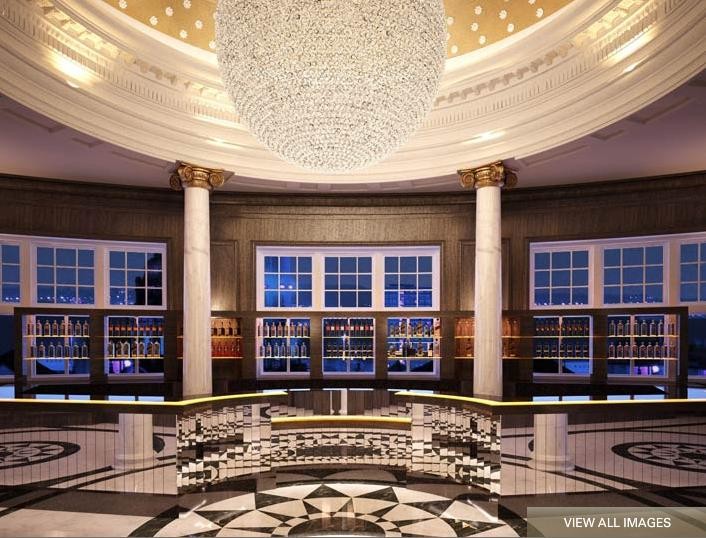Yasmin Ali
Urbanism // Design
GCHT/RTPI PechaKucha: Trains and Places, 14/01/2014
January 19th, 2014
Image: Newly-refurbished Grand Central Hotel / Urban Realm
Glasgow City Heritage Trust (GCHT) and the Royal Town Planning Institute’s West of Scotland Chapter hosted a Pecha Kucha night dedicated to the theme of ‘Trains and Places’, with the apt setting of the Grand Ballroom at the recently refurbished Grand Central Hotel which adjoins Central Rail Station in Glasgow.
For those unfamiliar with the Pecha Kucha format, it is a quick-fire style of creative presentation originating in Japan, where invited speakers spend about 20 seconds per slide on around 20 slides, resulting in a narrated slideshow of approximately 6 minutes. The format has taken off with regular events in cities all over the world, including Glasgow and Edinburgh. This edition had eight invited speakers, and seven talks, themed around ‘Trains and Places’.
Television presenter, historian and writer Dr. David Heathcote started the series of talks, following an introduction by Alistair MacDonald, Chair of RTPI & GCHT Trustee. Dr. Heathcote took us on a whistle-stop tour of The Orient Express, with particular emphasis on its romanticism of train journeys and the golden age of locomotive travel. Also of note was the influence of Art Deco style movement, and its appeal to both a masculine and feminine aesthetic; as well as the furniture design and cabinetry detailing as translated to train carriages, which were basically rooms on wheels.
This was followed by Diarmaid Lawlor, Head of A+DS, who gave an inspired talk on Platforms as spaces of departure and arrival; gathering and operating systems. In particular, this talk drew interesting parallels between physical and virtual platforms and the trend for websites to take on the language of the train, which has a role in community engagement. Lawlor cites examples of Glasgow-based creative arts platform Central Station; The Civic Crowd and The Place Station websites.
Liz Davidson, Principal of City Design at Glasgow City Council, followed on with reminiscences of experiences on the train, including a humorous anecdote of an incident on a Caledonian Sleeper. She also showed images of historic stations, some still existing and others since demolished and spoke of the romance of old stations perhaps better valued abroad, such as in the Parisian approach which had restored several heritage stations.
The first half of the evening was concluded by Glasgow School of Art’s Dr Bruce Peter, with an enlightened talk showing the parallels between trains and plans; stations and airports, respectively. There was much to be learned from the history of the locomotive and rail station design throughout the early to mid-twentieth century, taking its visual cues from the aircraft industry and airport design, and later The Jet Age. Following a break for drinks and networking, another GSA academic, Nicolas Oddy followed on with a personal illustrated talk peppered with images of acquired railway signs and remembrances of now-gone stations throughout Edinburgh, including Princes St Station.
Independent Heritage Consultant Fergus Sutherland gave an inspiring presentation on the work of James Miller, who designed many of the stations throughout the West of Scotland in the late 1800’s, including several on the picturesque West Highland Way line. Also in Miller’s portfolio are rail buildings in more urban locations, like the modernised Glasgow Central Station and remodelled Hotel in 1904, and St Enoch Underground Station’s ticketing office (now Café Nero) in the centre of the square of the same name.
The concluding talk was presented by Jill Scott and Bill Hicks, authors of ‘Glasgow Central Hotel’, the subject matter of which was the building which provided the setting for the evening. The event rounded off with a lively Q&A-based discussion.
Weblinks
GCHT website - here
RTPI (Scotland) website - here
PechaKucha website - here



